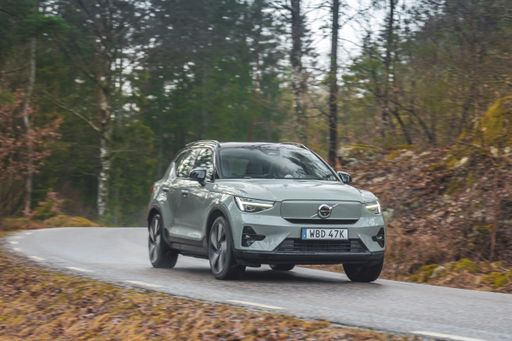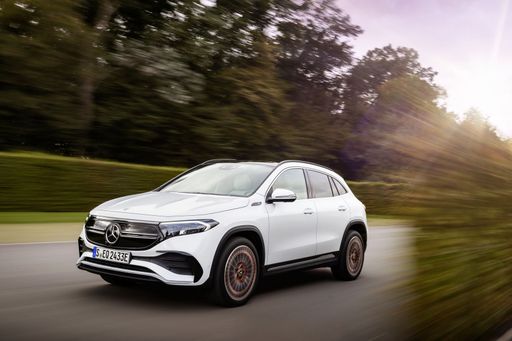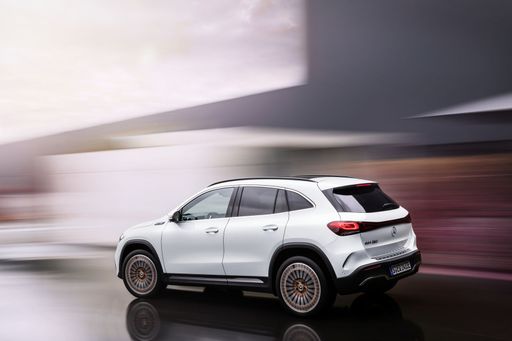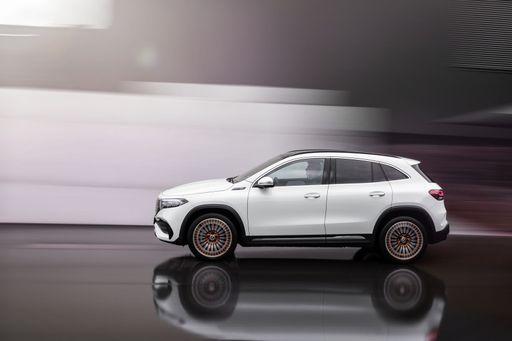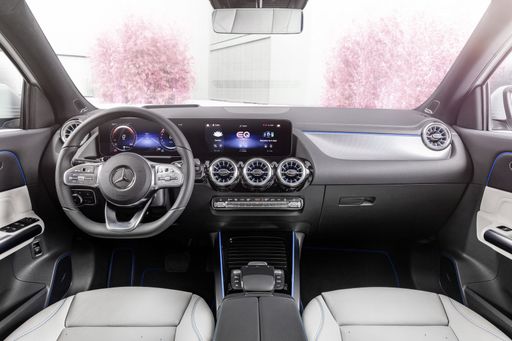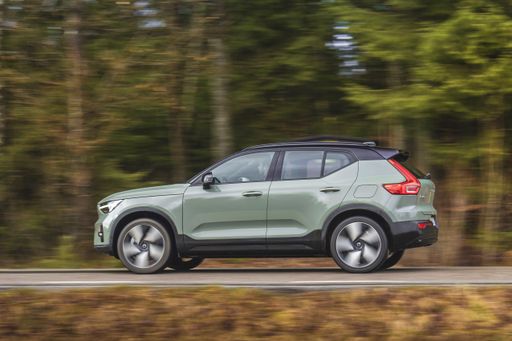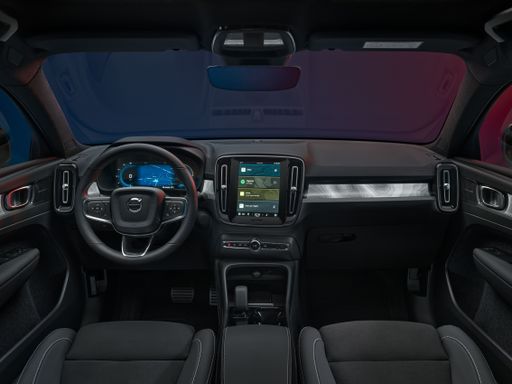Electric Rivalry: Mercedes EQA vs Volvo EX40
In the realm of electric SUVs, the Mercedes EQA and Volvo EX40 present themselves as two compelling options, each showcasing unique features and innovations. As both models continue to gain traction in the market, we dive into a detailed comparison of their technical specifications, performance, and technologies to help potential buyers determine which is the better choice for their needs.

